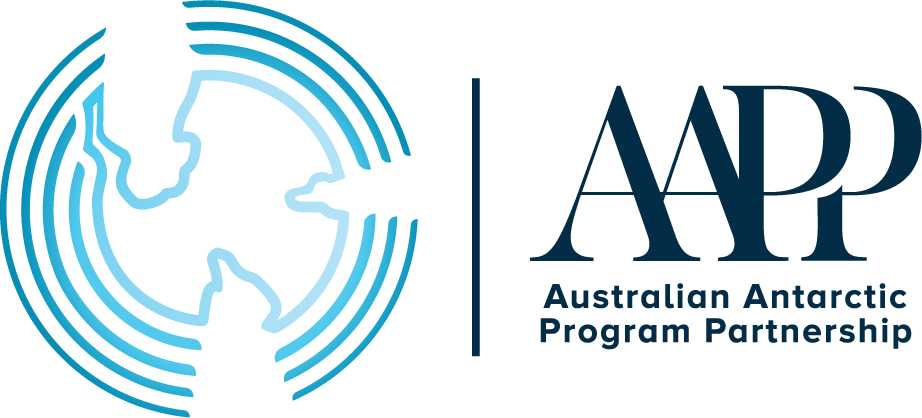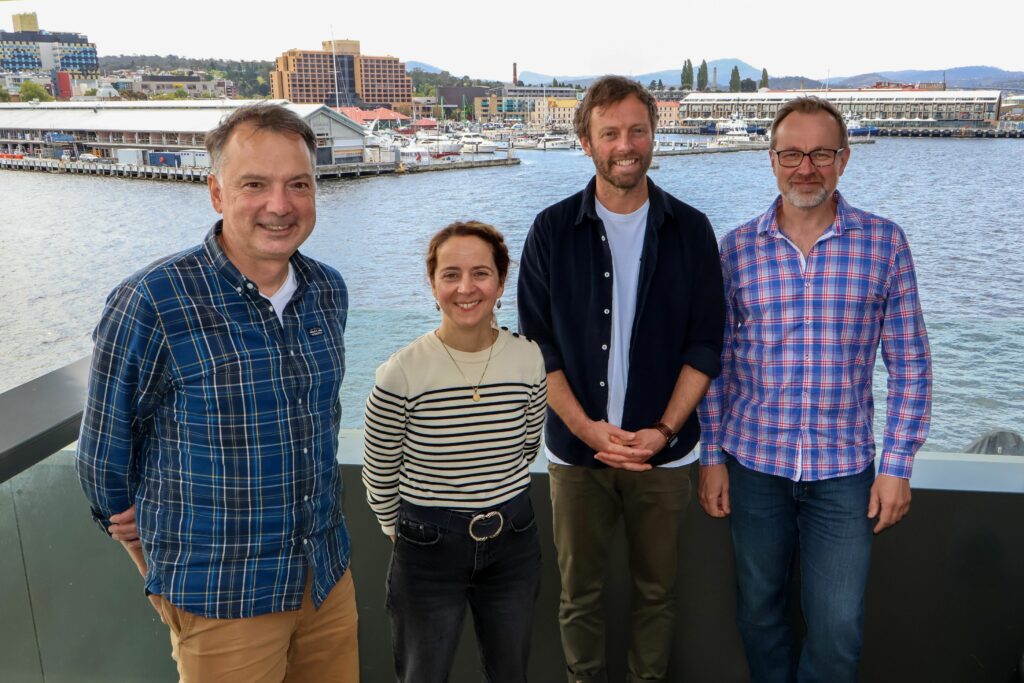All part of the process: biology meets chemistry off an ice shelf
17 April 2025 — by Delphine Lannuzel and Pauline Latour, ACEAS
During the Denman Marine Voyage, we’re combining biology and biogeochemistry to study phytoplankton either side of the Denman Glacier and the Shackleton Ice Shelf. We’re investigating why the west is more biologically productive than the east, using two ‘process stations’: one in front of the Denman Glacier Ice Tongue, the other in the Shackleton Polynya (a region of open water within the pack ice important for ocean circulation and heat exchange with the atmosphere).
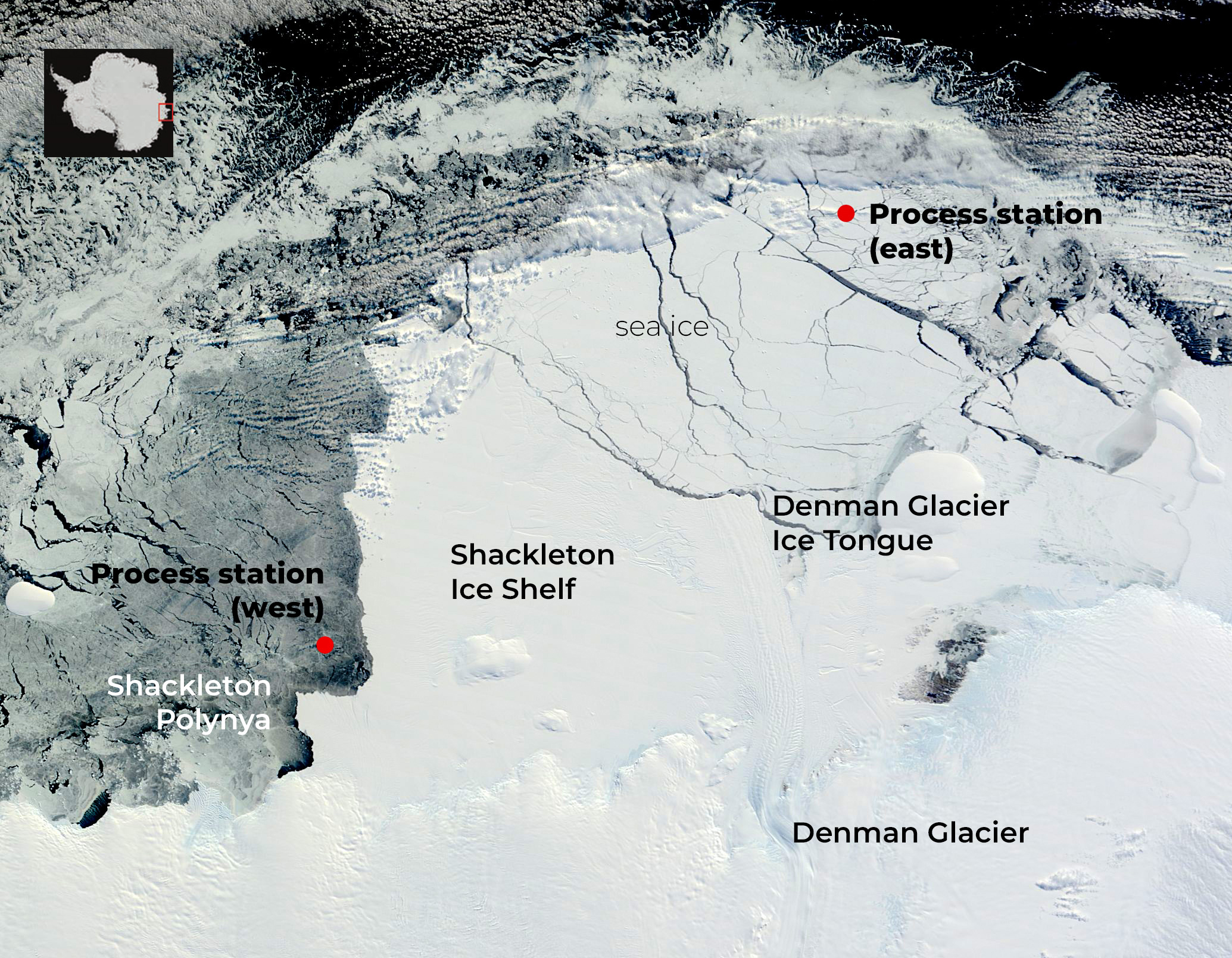
Phytoplankton are tiny plants living in the surface ocean that need light and nutrients to grow. They form the base of most oceanic food webs and absorb CO2, helping to regulate the planet’s climate. By studying what controls their growth, we can improve how ocean and climate systems are modelled, especially by providing data from less studied regions and seasons, like in autumn and near ice shelves.
To figure out what’s affecting phytoplankton growth, we collect almost 200 litres of seawater from a water sampling system free from trace metal contamination (the Trace Metal Rosette). Metals in the ocean are present in extremely low concentrations, so sampling techniques need to be super-clean to avoid contamination.
Because there are such few trace metals available to phytoplankton, they can be the limiting factor in phytoplankton growth and their photosynthetic ability to take up CO2, termed ‘productivity’. Conversely, the presence of trace metals can act as fertilisers for phytoplankton blooms. Phytoplankton play a key role in the balance of carbon between the atmosphere and oceans, and are an important biological influence on the earth’s climate.
We test the phytoplankton in the water samples under different conditions. We modify light levels, dissolved metal concentrations, and how accessible the metals are. The metals we manipulate include iron (a metal known to limit phytoplankton growth in the Southern Ocean), manganese, copper and cobalt.
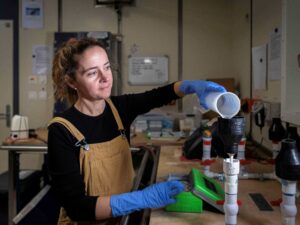
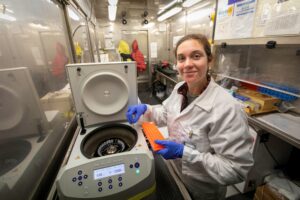
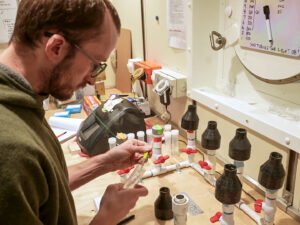
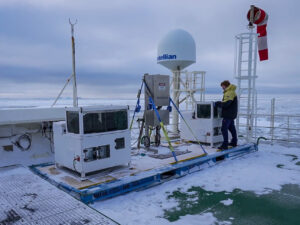

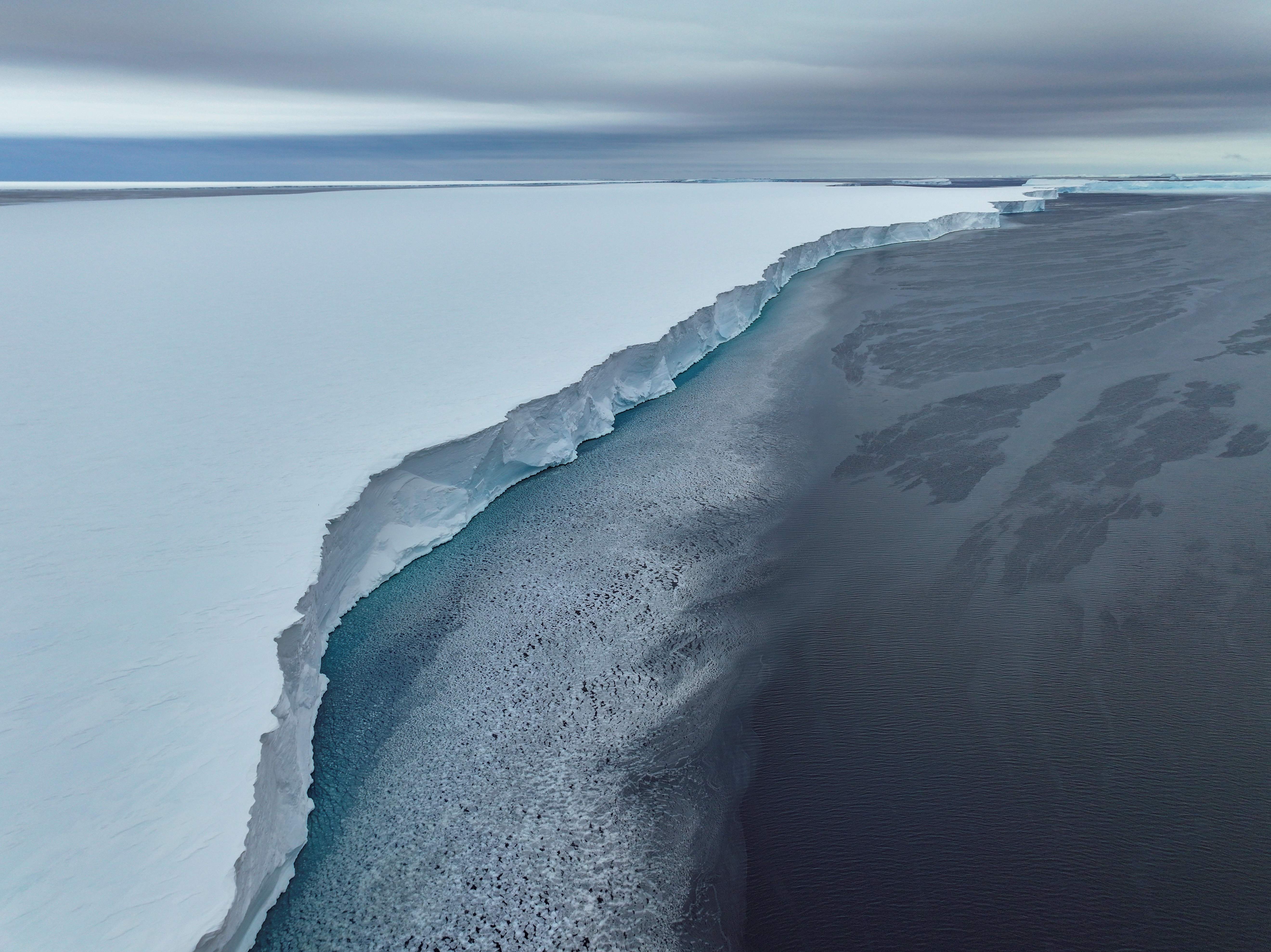
The water samples are placed in incubators (big water tanks) for several days, during which phytoplankton grow under these modified conditions. At the end of the experiment, we measure several biological variables to see how well phytoplankton grew (or not). This will provide important information about the processes (e.g., lack of light, iron or other nutrients) controlling phytoplankton growth at that time.
Off the ship, we also study where phytoplankton are growing in the water column, what’s happening on the seafloor, and how particles move through the water.
To do this at each of the ‘process stations’ we use a range of tools at our disposal:
- Two drops of the CTD (Conductivity-Temperature-Depth) rosette to profile light, fluorescence (chlorophyll levels), salinities, temperatures and current speeds through the entire water column.
- Two Trace Metal Rosettes (TMRs) are deployed to sample the dissolved metals and nutrients in the water column.
- In-Situ Pumps (ISPs) are lowered to set depths to sample particles to measure trace metals and other biological factors.
- The Towed Camera provides imagery of the seafloor and its benthic ecosystem, to reveal the diversity of habitats and life.
- The Multi-corer collects undisturbed core samples of soft sediments and water from the seafloor, in tubes held in a landing frame and lowered from the ship.
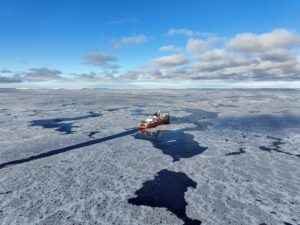
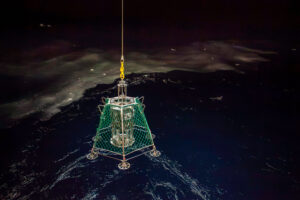
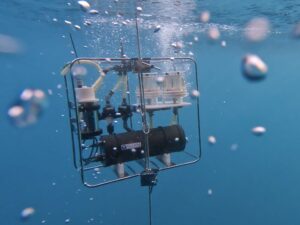
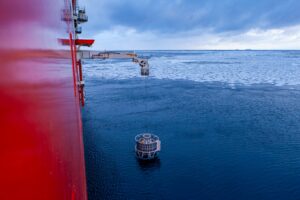
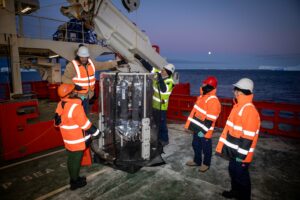
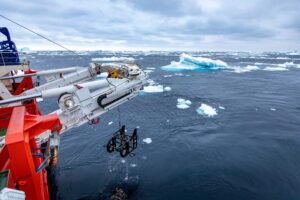
And we were able to team up the ‘west’ process station with the biogeochemical mooring installed in the same area of the Shackleton Polynya, with its sediment trap and trace metal sampler.
Once back on shore when the voyage returns, the real work will begin: analysing the vast amounts of data and samples we’ve collected to uncover the drivers of phytoplankton growth, their role in carbon cycling, and how these processes are shaped by the unique dynamics between the ocean, seafloor and ice shelves in the Southern Ocean.
The Denman Marine Voyage is a collaboration between the Australian Antarctic Division (AAD), Securing Antarctica’s Environmental Future (SAEF), the Australian Centre for Excellence in Antarctic Science (ACEAS) and the Australian Antarctic Program Partnership (AAPP).
FOLLOW OUR VOYAGE BLOG HERE
